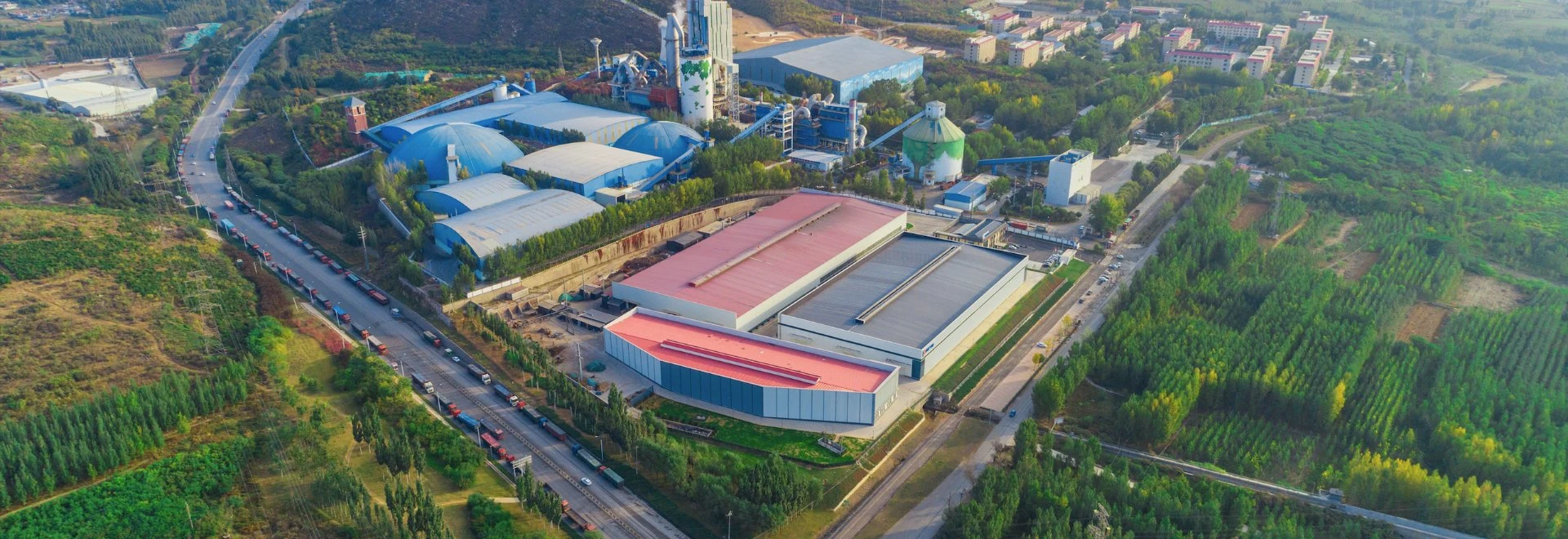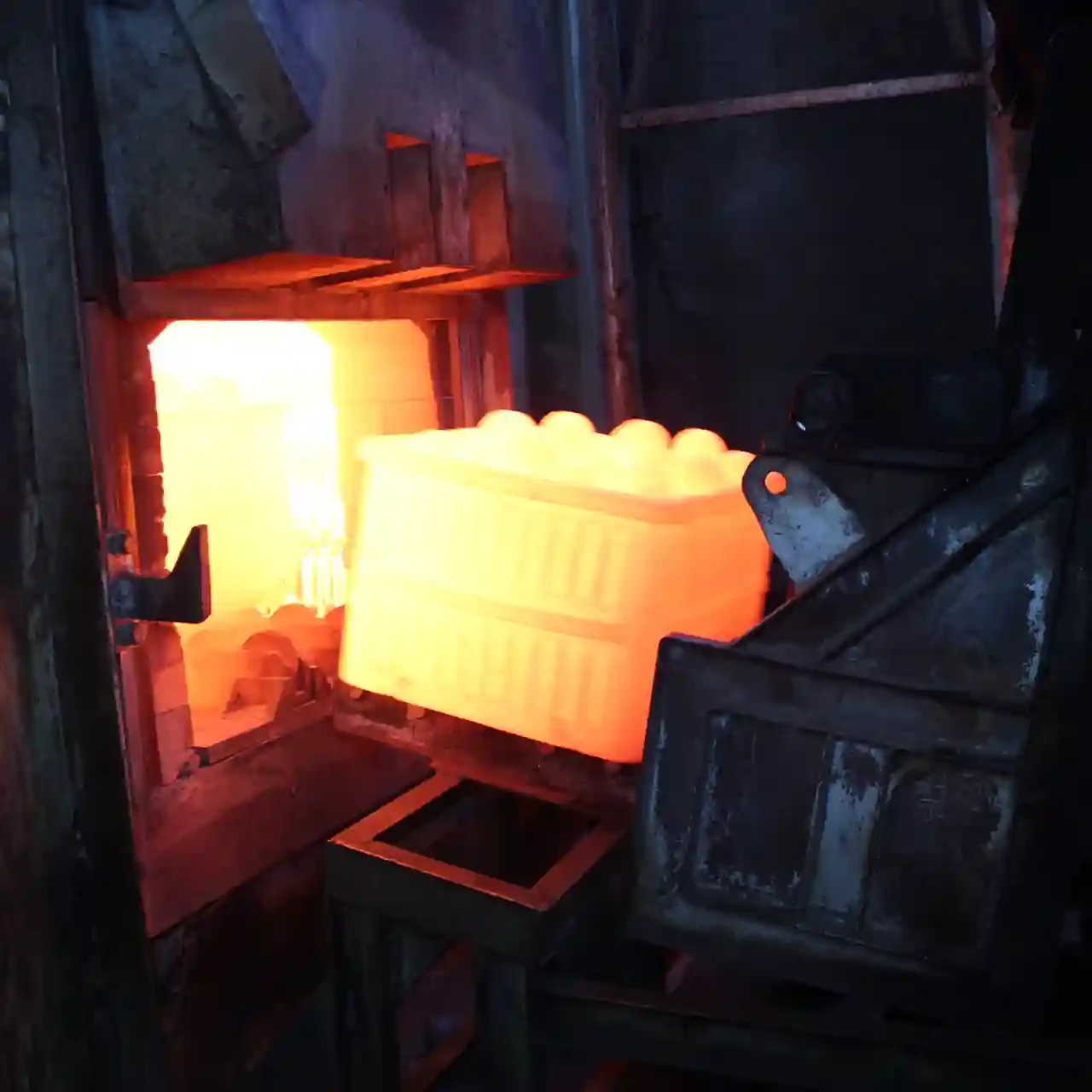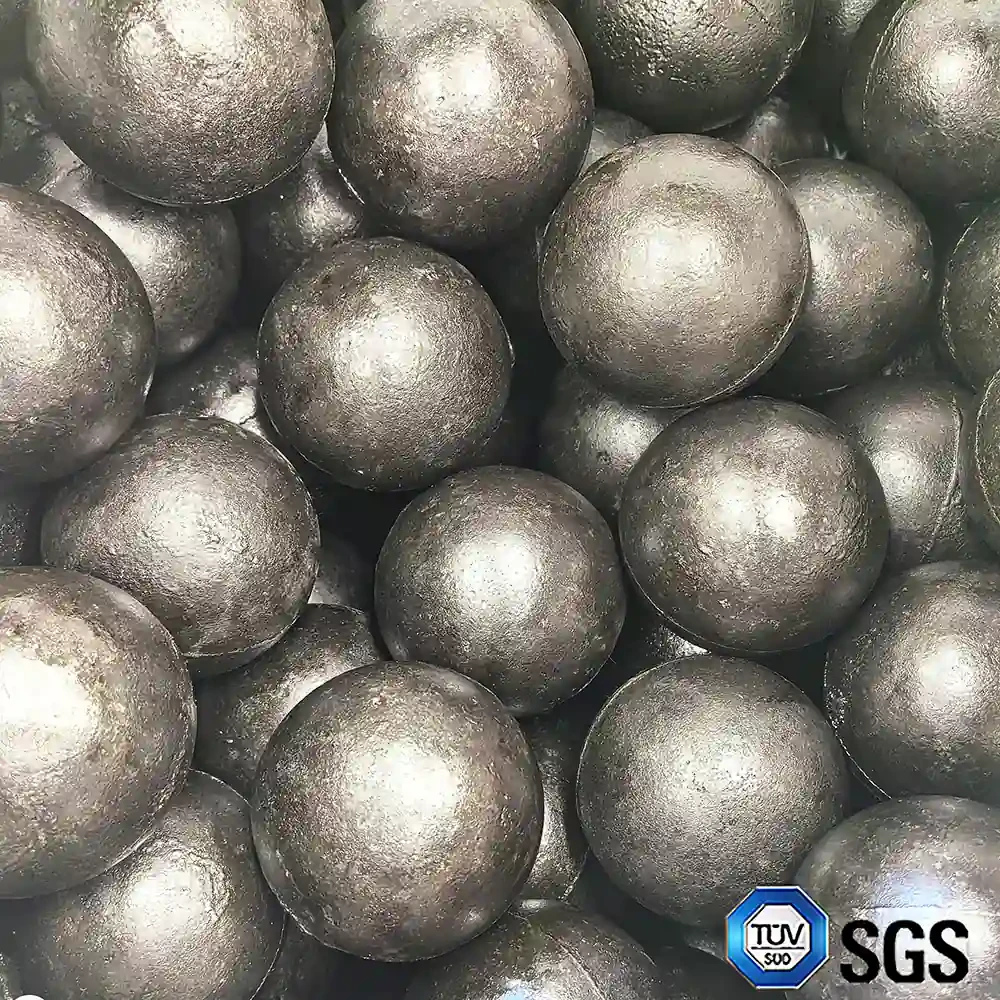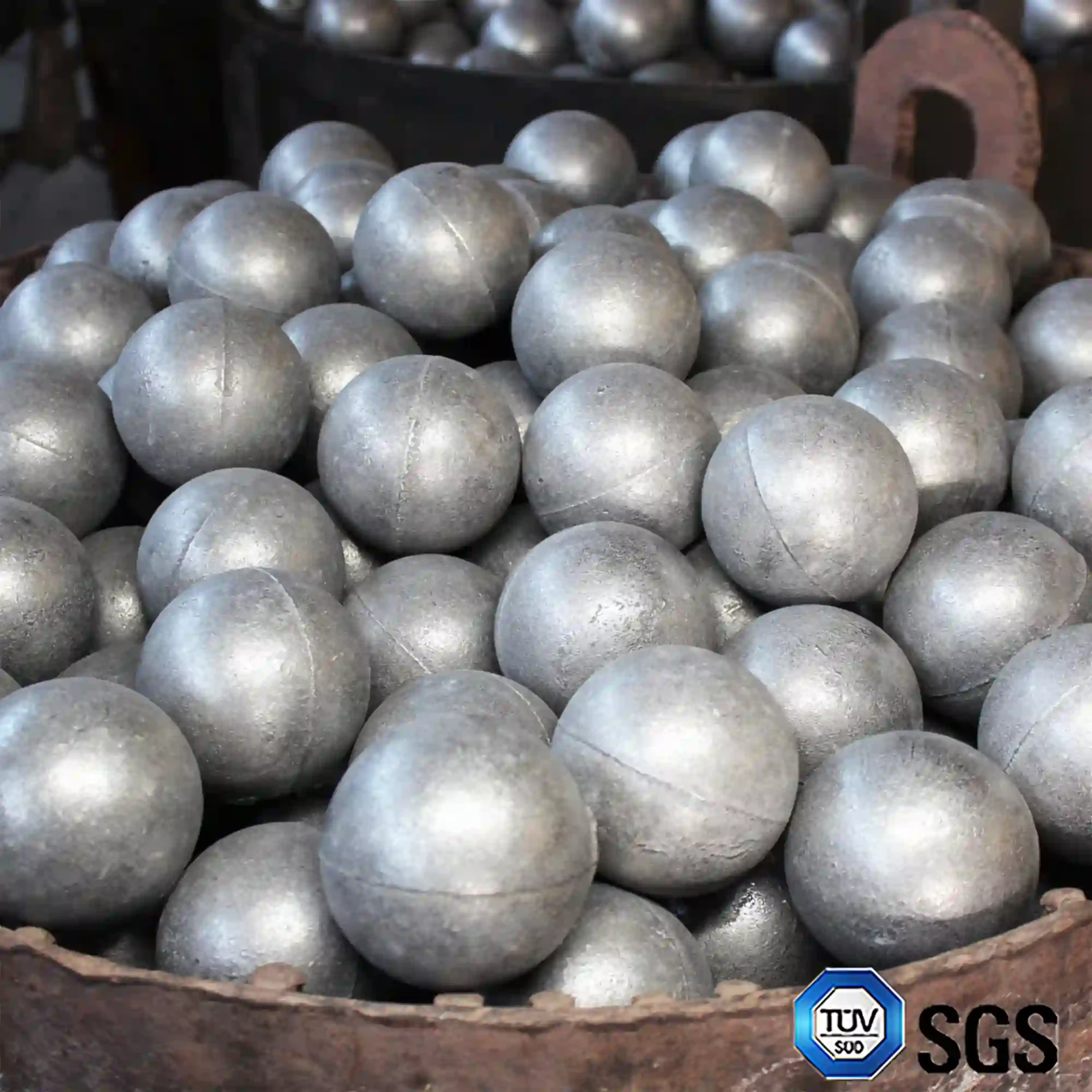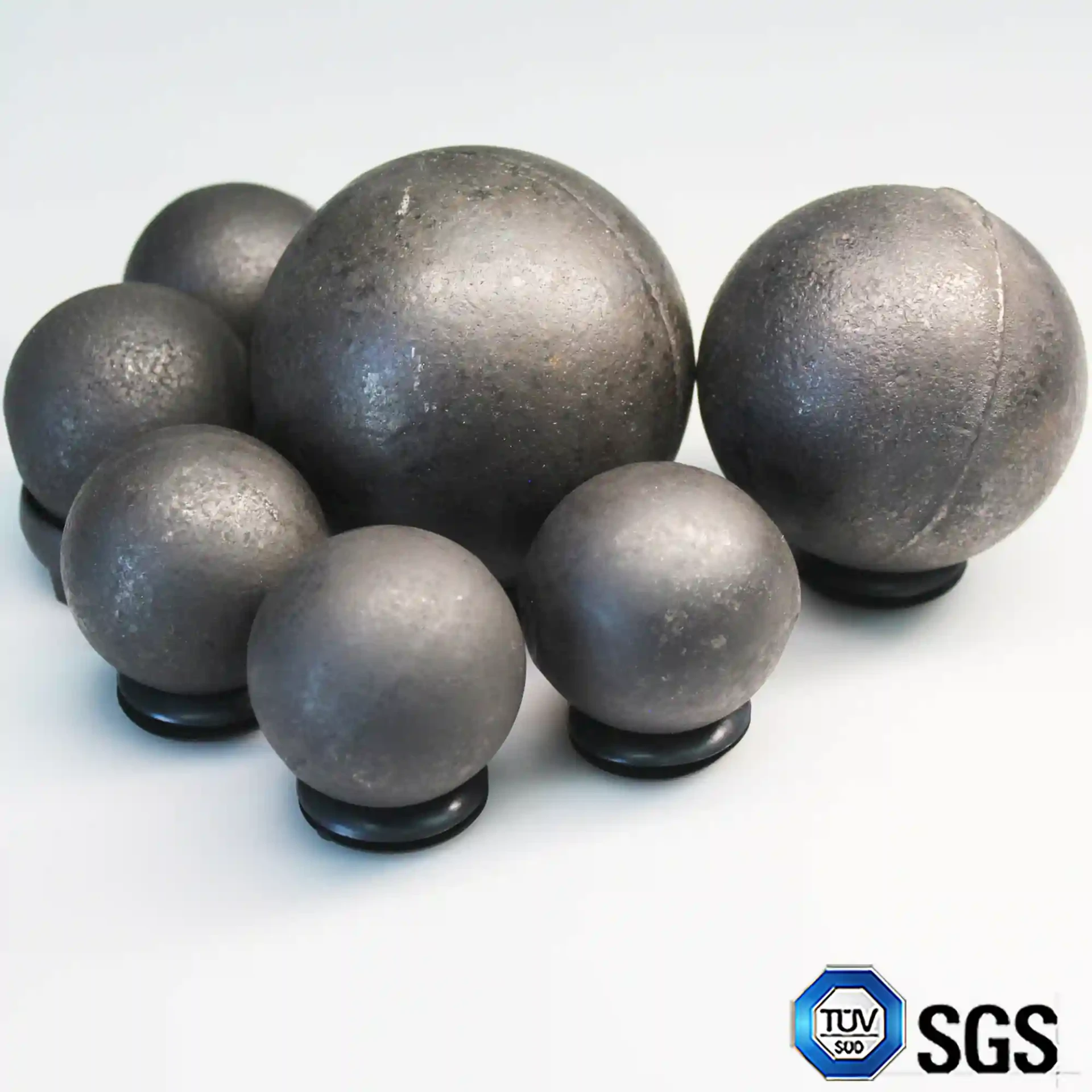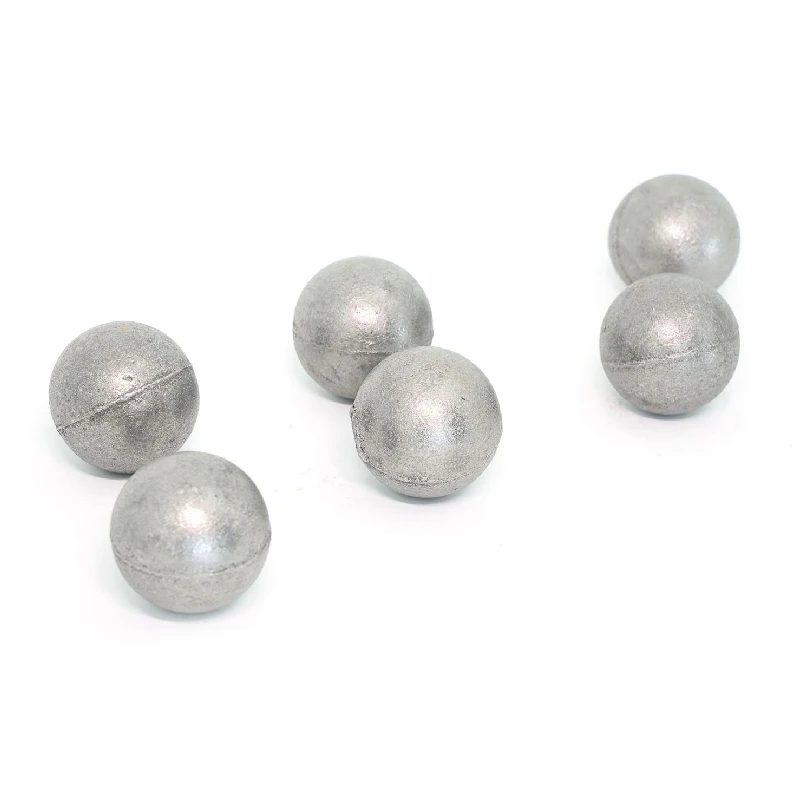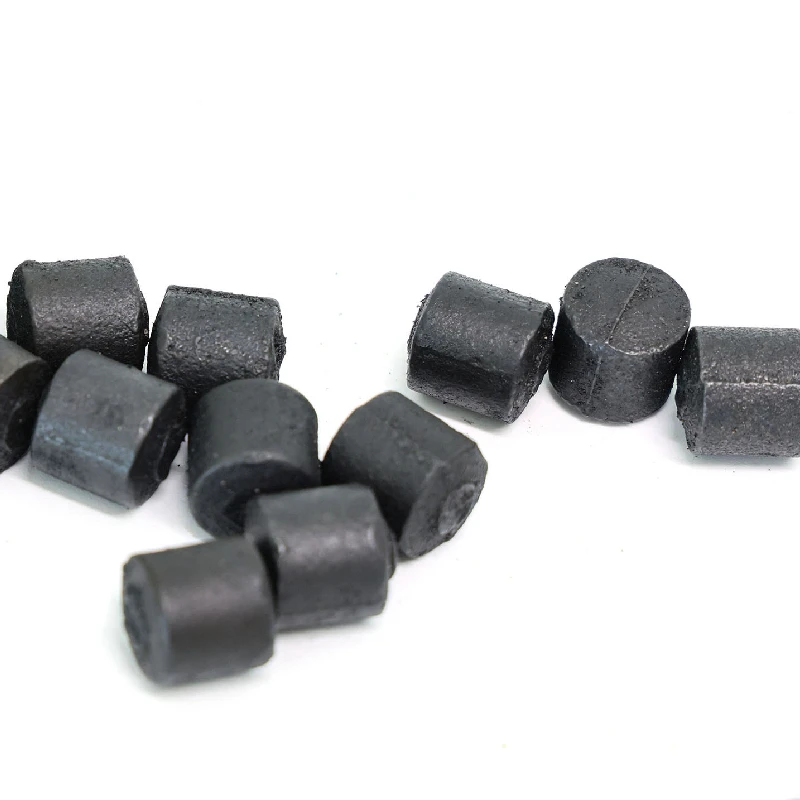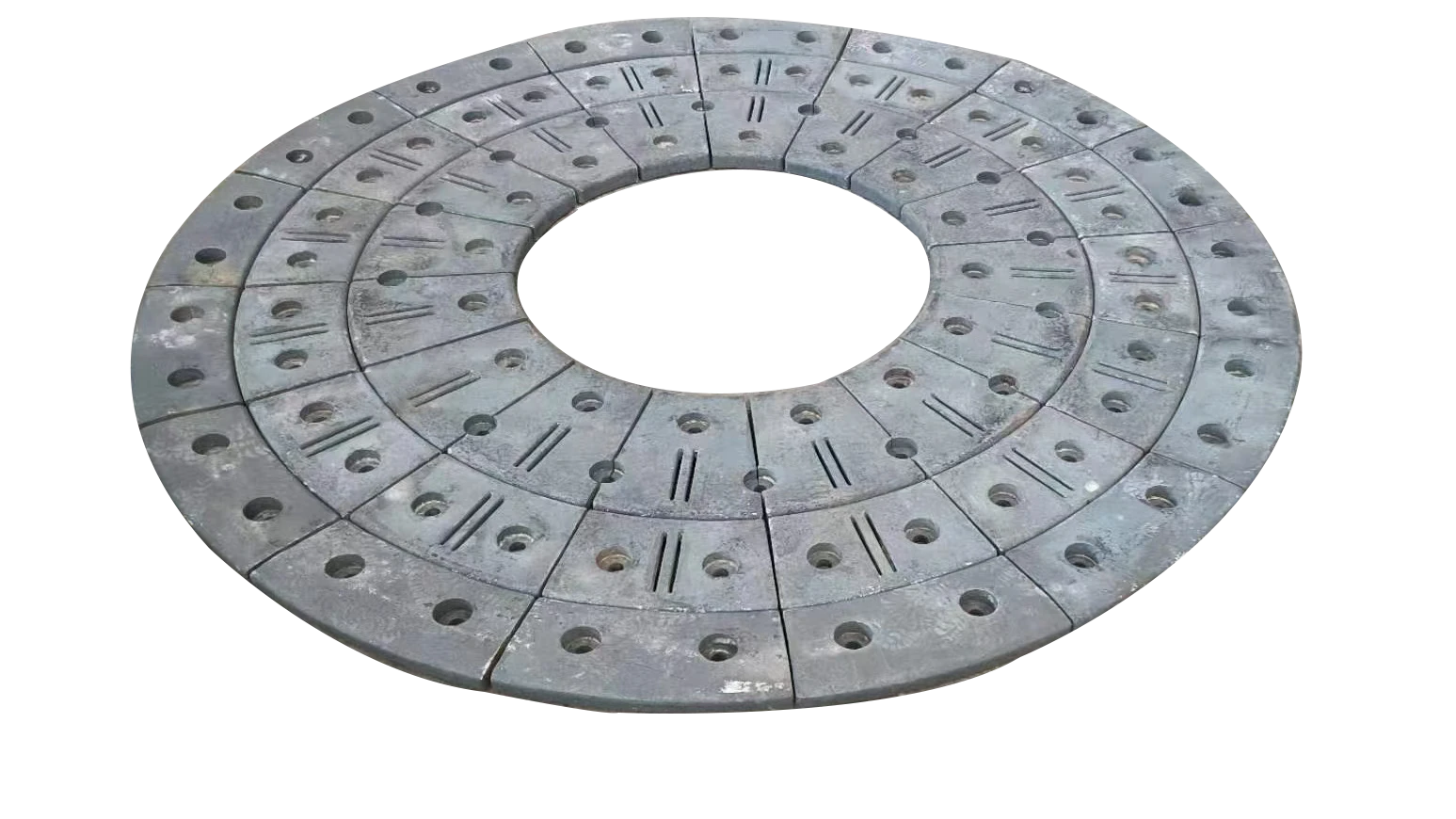Jul . 30, 2025 01:00 Back to list
High Chrome Grinding Media Balls for Superior Wear Resistance
Ultimate Guide to High Chrome Grinding Media Industry: Trends, Parameters, Manufacturer Comparison & Custom Solutions
The **global demand for high chrome grinding media** is accelerating, driven by advances in material sciences and increasing need for high-performance industrial grinding solutions. This guide synthesizes deep technical knowledge, industry standards, and hands-on scenarios to help end-users, procurement engineers, and plant managers make data-driven decisions. Here, we focus on the most vital aspects: composition, process, technical parameters, application advantages, manufacturer comparison, and real application cases.
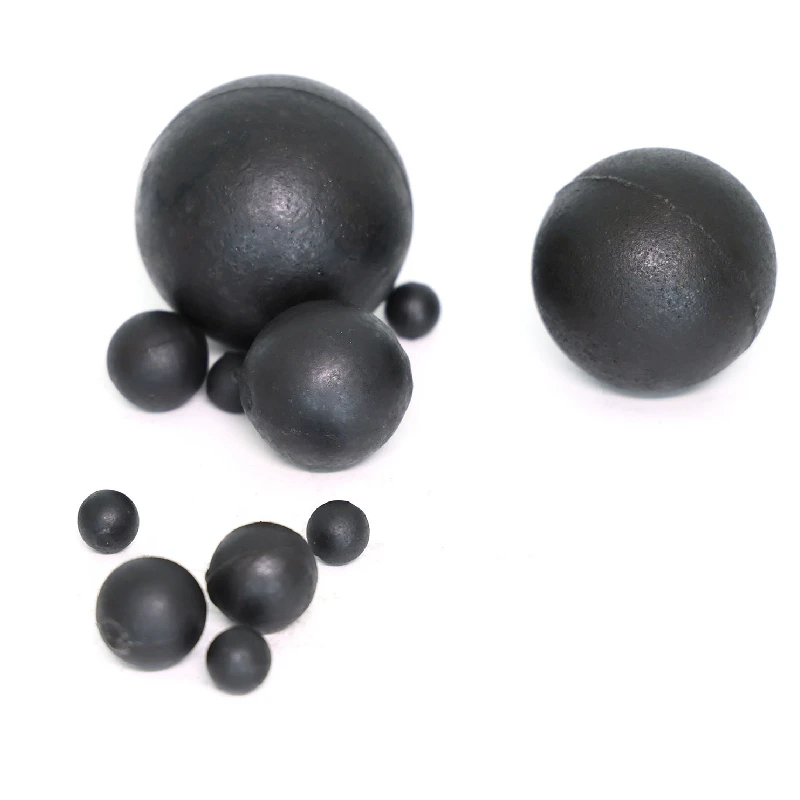
1. Industry Trends and Market Overview
According to Grand View Research, the grinding media market size was valued at USD 9.8 billion in 2023, with a forecasted compound annual growth rate (CAGR) of 5.7% through 2030. High chrome grinding media balls, recognized for their corrosion and wear resistance, contribute over 28% market share and are especially preferred in mining, cement, and thermal power sectors.
Key Drivers:
- Stringent requirements for material fineness and purity
- Process automation and closed-loop grinding technologies
- Increased need for durable, energy-efficient solutions
- Adherence to international standards (ISO 3290, ANSI/ASTM A532)
| Sector | Market Share (%) | Key Requirement |
|---|---|---|
| Mining (Gold/Copper/Iron) | 46 | Anti-wear, Hardness & Longevity |
| Cement Plants | 24 | Uniform Grinding, Low Contamination |
| Thermal Power | 17 | Corrosion Resistance, Low Maintenance |
| Chemical Processing | 9 | Purity, Clean Grinding |
| Others | 4 | Specialized Properties |
2. Technical Parameters and Composition
High chrome grinding media ball technology has advanced beyond traditional ferrous alloys. The typical composition includes Chromium (Cr), Carbon (C), Manganese (Mn), Silicon (Si), Molybdenum (Mo), and minor impurities. The optimal balance ensures longevity, anti-corrosion, and appropriate mechanical strength.
| Parameter | Typical Value (ISO 3290/ASTM A532) | Impact on Performance |
|---|---|---|
| Cr (Chromium) | 17% - 28% | Hardness, anti-corrosion |
| C (Carbon) | 2.0% - 3.2% | Hardness, structure |
| Mn (Manganese) | 0.5% - 1.5% | Toughness, grain refinement |
| Si (Silicon) | 1.0% max | Deoxidation, stability |
| Mo (Molybdenum) | 0.25% - 1.0% | Hardness uniformity |
| S, P (Sulfur, Phosphorous) | <0.05% | Minimize to prevent brittleness |
3. Manufacturing Process of High Chrome Grinding Media
Step-by-Step Flow:

Raw Material Selection
→
Melting (EAF/Induction Furnace)
→
Mold Casting (Lost Foam/Sand Molds)
→
Heat Treatment (Quenching & Tempering)
→
Grinding & CNC Finishing
→
Surface Inspection & Testing
→
Packing & Traceability
- Material: Strictly controlled high-chromium alloy bars, verified per ASTM A532
- Melting Quality: Induction furnace melting up to 1450°C for homogeneity
- Casting: Automated sand-molding for precise size and roundness
- Heat Treatment: Oil quenching (≥900°C) and tempering (150-250°C)—ensures hardness HRC 60-66
- CNC Machining: Achieves precise tolerances (±0.02mm), improves roundness
- Non-destructive testing: Magnetic particle/ultrasound per ISO 1083
- Packing: Palletized/bulk bags with unique ID for full traceability
Certification: Products meet ISO 3290, ISO 9001:2015, ANSI/ASTM A532, SGS.

Process Video Overview: Watch high chrome grinding media manufacturing process video
4. Product Specifications and Technical Indicator Comparison
Quality of high chrome grinding ball is quantified by metrics such as diameter, surface hardness, core hardness, impact value, and wear loss. Below is a reference specification table (data based on real industry offering, e.g. Chengda).
| Diameter (mm) | Surface Hardness (HRC) | Core Hardness (HRC) | Impact Value (J/cm²) | Wear Loss (g/ton) | Standard |
|---|---|---|---|---|---|
| 20 – 25 | 60 – 65 | 58 – 62 | >16 | <15 | ISO 3290, ASTM A532 |
| 30 – 40 | 61 – 64 | 59 – 62 | >15 | <14 | ISO 3290, ASTM A532 |
| 50 – 80 | 60 – 63 | 57 – 60 | >14 | <13 | ISO 3290, ASTM A532 |
| 90 – 120 | 58 – 62 | 55 – 58 | >13 | <12 | ISO 3290, ASTM A532 |
5. High Chrome Grinding Ball Price: Global Market Reference
The average high chrome grinding ball price is influenced by ball diameter, chromium content, supplier, international logistics, and market supply/demand:
| Product | Diameter (mm) | Cr Content (%) | Price (USD/ton) | Origin | Remarks |
|---|---|---|---|---|---|
| High Chrome Ball A | 25 | 18 | $1,250 | China | Entry-level, mining |
| High Chrome Ball B | 40 | 20 | $1,350 | India | Cement, chemical |
| High Chrome Ball C | 80 | 24 | $1,420 | South Africa | Premium/high impact |
| Custom Alloy Ball | 50 | 28 | $1,470 | Europe | Specialized, ISO-certified |
- Bulk orders (>100 tons) can get 5-10% discounts.
- OEM/Custom balls (custom diameter, alloy) available on quotation.
- Trend: Price volatility tied to chromium spot prices, foundry energy costs.
6. Manufacturer Comparison & Customization Services
Manufacturer selection for high chrome grinding media is critical. The following table compares leading global suppliers:
| Company | Years in Business | Certifications | Annual Output (tons) | Key Clients | Customization |
|---|---|---|---|---|---|
| Magotteaux | 108 | ISO 9001/14001 | 200,000 | BHP, Lafarge | Yes |
| Moly-Cop | 105 | ISO 9001/SGS | 350,000 | Vale, ArcelorMittal | Yes |
| Chengda | 16 | ISO 9001/SGS | 125,000 | CITIC, Huaxin Cement | Yes (OEM/ODM) |
| AIA Engineering | 44 | ISO 14001/OHSAS | 180,000 | JSW, Holcim | Yes |
Customization Highlights:
- Design per client mill data (loading volume, ore type)
- Multi-segment hardness (shell/core, gradient)
- Marking with laser batch trace codes
- Dedicated R&D for improved alloying or shape, e.g., balls, cylpebs
- Testing/cooperation with SGS, Bureau Veritas
7. Application Scenarios and Industry Cases
a) Mining: Copper-Gold Plant, Peru
- Challenge: Severe wear and ball failure with conventional media
- Solution: Use of high chrome grinding ball (Cr 22-24%)
- Results: Wear loss reduced from 22g/t to 12g/t, annual mill liner downtime cut by 2 weeks
- Industry Impact: $260,000 saved/year in replacement and downtime costs
b) Cement: 4,500 tpd Line, Vietnam
- Challenge: Fineness/contamination problems affecting clinker quality
- Solution: High chrome grinding ball (Cr 20%, HRC 63), OEM batch
- Results: Clinker grindability index improved by 6%, reduced cement mill energy by 9%
c) Water Treatment & Desalination
- Challenge: Aggressive chloride/water chemistry corroding media
- Solution: Special Mo-alloyed high chrome balls (Cr 26%, Mo 1%)
- Performance: 3x lifespan versus standard forged steel media
8. Technical Advantages of High Chrome Grinding Media
- Superior Wear Resistance: Up to 30% lower wear rates than low chromium or forged steel balls; optimal for extreme duty
- Corrosion Resistance: Chromium forms a passivation film, slowing rusting in wet/acidic environments
- Hardness Retention: High surface (up to HRC 66), gradual core, reduces fragmentation risk
- Low Contamination: Non-reactive with most product slurries—ideal for food, pharma, chemical, white cement
- Longer Service Life: Field results show 1.5–3x operational lifespan versus mid/low chromium balls
- Traceability & Quality Control: Each batch traceable per ISO/SGS
- Optimized Energy Consumption: Consistent ball shape ensures stable mill power draw
9. Customer Experience & Feedback
10. FAQ: Expert Questions & Answers on High Chrome Grinding Media
Q1: What is the standard composition of high chrome grinding media balls?
A: Typically between 17-28% Chromium, 2-3.2% Carbon, with controlled additions of Manganese, Silicon, and trace Molybdenum for microstructure refinement. Follows ISO 3290 or ASTM A532.
Q2: What diameter and hardness grades are available?
A: Diameter 20mm–120mm (customizable), surface hardness HRC 58–66, core HRC 55–62 depending on application and alloying.
Q3: Which international standards apply for high chrome grinding ball quality?
A: ISO 3290 (rolling bearings), ASTM A532 (abrasion-resistant cast irons), SGS/BV third-party test certificates, and in some cases, FDA (for food/pharma applications).
Q4: How do you test the quality of the balls before shipment?
A: Inspection includes Brinell/Rockwell hardness, drop/impact toughness (>15J/cm²), microstructure (metallography), and dimensional (±0.02mm) & surface inspection (NDT: ultrasonic/magnetic particle).
Q5: What are the common failure modes, and how are they prevented?
A: Typical failures—fracture (from internal defects or over-hardening), spalling (surface fatigue); minimized by precise heat treatment and material selection.
Q6: Can you supply OEM/ODM services for custom ball sizes and chemical composition?
A: Yes. Custom diameter, alloying (high Cr/Mo), gradient hardening, shape (ball/cylpeb) available, including special traceability codes.
Q7: What is your guarantee policy?
A: Quality warranty of 12 months or 10,000 working hours, whichever comes first. Replacement for any batch proven defective. Full client support & technical consulting.
Q8: What is the typical delivery time?
A: Regular stock: 7-10 days after PO. Custom OEM: Usually 18-25 days, with full documentation (chemical, dimension, NDT).
11. Delivery, Quality Assurance & Support
- Standard Delivery: 7-10 days ex works (in-stock), 18-25 days OEM orders
- Documentation: Mill certificate (ISO/SGS), inspection report included
- Warranty: 12 months operation, replacement for any batch failing spec
- After-sales: 24/7 technical support, on-site engineering, and quarterly usage review
- Logistics: Both FOB & CIF worldwide, professional packing (bulk/IBC/wooden pallets)
12. References and Further Reading
- Global and China Grinding Media Industry Report (2023) — Grand View Research
- ASTM A532 / ISO 3290 Standard: ASTM International
- SGS Test Reports for Ball Mill Media — SGS Mining
- "Effect of heat treatment on wear resistance of high-chromium cast iron balls": ResearchGate
- Industry Forums: Aussie Minerals Forum, Cement.org Technical Forum
Latest news
-
Expert Insights on Fabrica de Molinos de Bolas: Industry Trends & Global Applications
NewsNov.24,2025
-
Expert Insights on Fabricantes de Bolas de Molienda de Acero: Global Applications & Trends
NewsNov.23,2025
-
Leading Fabricantes de Bolas de Molienda: Your Ultimate Guide to Grinding Balls
NewsNov.23,2025
-
Fabricante de Bolas de Molienda – Quality Grinding Balls for Efficient Industry
NewsNov.23,2025
-
Trusted Proveedores de Medios de Molienda for Efficient Industrial Grinding
NewsNov.22,2025
-
Proveedores de Bolas de Molienda: Your Guide to Top Grinding Ball Suppliers & Industry Insights
NewsNov.22,2025
Realted Products

